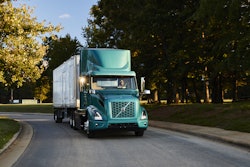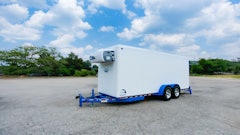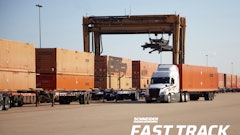
The industry's average cost of operating a truck in 2024 was $2.260 per mile, a 0.4% decline compared with the previous year. However, when lower fuel costs are excluded, marginal costs rose 3.6% to $1.779 per mile, the highest costs ever recorded for non-fuel operating costs by the American Transportation Research Institute (ATRI).
ATRI’s 2025 findings of its leading costs and performance benchmarking report, An Analysis of the Operational Costs of Trucking, reveal operating cost trends varied by line-item in 2024.
“The trucking industry is facing the most challenging freight market in years, with loads down and costs increasing,” says Groendyke Transport, Inc. president and CEO Greg Hodgen. “ATRI’s Operational Costs data and the customized benchmarking report that compares us to similar fleets are more critical than ever as we navigate rising costs and decreasing margins in this adverse environment.”
Key takeaways:
· Fuel as well as repair and maintenance expenses each declined from 2023 to 2024, and driver wages – the primary contributor to cost increases in the three years following the COVID-19 pandemic – rose by just 2.4%, half a percentage point less than inflation. Given the present trucking industry recession, carriers were particularly hard-hit by growing costs in several line-items, including truck and trailer payments (which rose by 8.3% to a record-high $0.390 per mile) and driver benefits costs (which rose 4.8% to $0.197 per mile).
· Carrier profitability suffered across all industry sectors under these pressures. Average operating margins were below 2% in every sector aside from LTL, and the truckload sector had an average operating margin of -2.3%.
· The report documents numerous operational impacts caused by the ongoing freight recession. For example, truck capacity dropped 2.2% as carriers sold trucks, empty miles rose to an average of 16.7%, and the number of drivers per truck fell to 0.93 as carriers parked trucks.
· Another cost-management strategy was reducing non-driver staff by 6.8%. At the same time, though, average truck age, average dwell time per stop, and mileage between breakdowns improved – all testaments to industry performance despite economic headwinds.




















